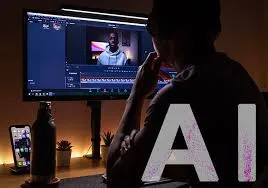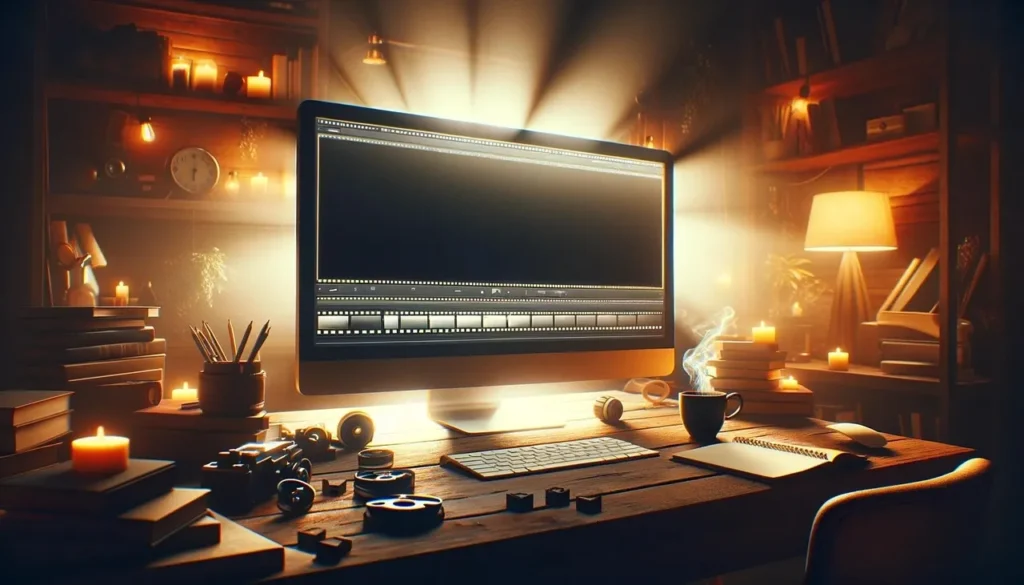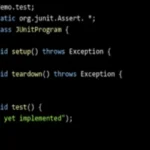How Image to Video AI Is Changing the Way We Create Videos
In the digital age, content is king, and video has emerged as one of the most powerful ways to engage audiences. Whether it’s for social media, education, marketing, or personal storytelling, video delivers information faster and more effectively than static images or plain text. The rise of image to video AI is transforming how content is created by turning still photos into animated, professional-quality videos in minutes.

The Power of Image to Video AI
Image to video AI technology uses advanced artificial intelligence to detect the elements within an image and animate them creatively. With the help of transitions, effects, motion, and even audio syncing, a single photo can become an attention-grabbing video clip.
This technology is popular for:
- Social Media Creators: Turning selfies or product images into eye-catching reels.
- Businesses: Creating short marketing videos from product catalogs or event photos.
- Educators: Designing engaging learning content by animating static images and adding voiceovers.
The ease of use is one of the biggest benefits. Even those without technical editing skills can create high-quality results, freeing up time to focus on creativity rather than software complexity.
Expanding Reach with a Video Translator
Making visually appealing content is just one part of the equation; ensuring it reaches people worldwide is the next step. That’s where a video translator comes in.
A video translator uses AI to automatically convert spoken language or captions into multiple languages. It can add subtitles or even create dubbed versions of the original video, making it accessible to global audiences. For creators who want to expand their reach or businesses looking to tap into international markets, this is an invaluable feature.
Use cases include:
- Marketing: Running one campaign and delivering it to audiences across different regions.
- Education: Offering lessons that can be understood by non-native speakers.
- Influencers: Growing a fan base in multiple countries without recording separate videos in every language.
By integrating a video translator with image to video AI, content creation becomes not only creative but also inclusive and borderless.
Vidnoz: A Platform Leveraging These AI Innovations
Vidnoz is a standout option for anyone interested in AI-powered video generation. It is a free, feature-rich platform designed to simplify content creation without compromising on quality. Unlike traditional software, Vidnoz is packed with smart widgets and automation tools that allow even beginners to create professional videos quickly.
Some of the most impressive features include:
- Photo Dance: Turn static portraits into animated clips that look lively and fun.
- Voiceover and Text-to-Speech: Automatically generate realistic voiceovers to narrate your video content.
- Built-in Templates and Stock Assets: Perfect for users who want quick, polished results.
- Facial Animation: Add expressions and lip-syncing to photos for natural, animated movements.
These features combine to create visually engaging videos that would otherwise require professional editing skills and hours of effort.
Why These Tools Matter Now More Than Ever
The demand for quick, engaging video content continues to rise. Social media platforms prioritize short-form videos, marketing teams need faster ways to produce campaigns, and individuals want easy ways to share stories. Traditional video editing can be time-consuming and often requires expensive software or professional expertise.
AI-based solutions like image to video AI bridge that gap by:
- Reducing production time from hours to minutes.
- Removing the steep learning curve associated with video editing software.
- Allowing users to experiment with creative effects effortlessly.
Combined with a video translator, these tools open doors to international audiences. A single video can now speak multiple languages, ensuring content resonates with diverse viewers.
The Future of AI in Video Creation

Looking ahead, these AI-driven tools are likely to become standard in the video production process. As AI models evolve, they will deliver even more advanced effects, better translation accuracy, and increasingly intuitive workflows. This democratizes content creation, enabling individuals, small businesses, and educators to compete with big production houses in terms of quality and creativity.
The integration of animation and language translation also points to a future where creators can tell richer stories and deliver them to audiences worldwide without barriers. The combination of speed, affordability, and global reach makes AI tools an essential part of the modern creator’s toolkit.
Final Thoughts
Video content is no longer optional—it’s an essential medium for communication and expression. Image to video AI technology allows anyone to transform still images into captivating videos, while the video translator ensures those videos connect with audiences around the world. Tools and platforms that bring these features together are helping creators stay ahead of the curve, making professional video creation accessible to everyone.




